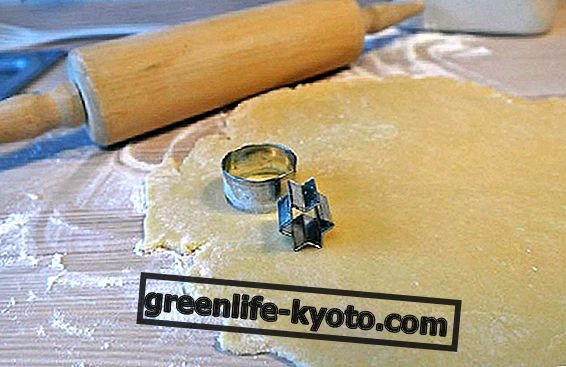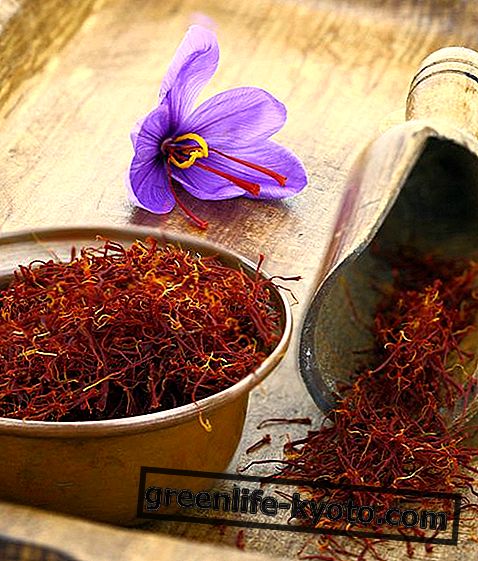
Children, in general and with due exceptions, do not like vegetables and do not like legumes, which, however, are very important foods in the diet of everyone, young and old.
There are two tricks that work almost in all cases: prepare excellent meatballs and serve tasty velvety .
And here are 3 recipes to prepare for November.
Pasta with pumpkin soup
The pumpkin has two qualities that can appeal to children: it is orange and it is sweet .
The little ones live on suggestions and the color of a food can help a great deal. Among the seasonal vegetables in November, the pumpkin is probably one of the simplest to include in their diet. Being extremely digestible, it is also good in the early stages of weaning .
Preparation : cook the pumpkin cut into pieces in a little water, adding a pinch of salt. Season with a tablespoon of extra virgin olive oil and blend with the immersion blender.
Cook the pasta and, without draining it very well, add it to the pumpkin soup. Season with a tablespoon of goat cheese, Parmesan or Grana, depending on the child's tastes.
The quantities depend on the age of the child .
How should children eat?

Lentil and pumpkin meatballs
Again the pumpkin, but this time with lentils.
The ingredients are for 4 people, to prepare this recipe for the whole family:
> 300 grams of lentils,
> 300 grams of pumpkin,
> salt,
> breadcrumbs,
> an egg,
> extra virgin olive oil
Preparation : cook the lentils in salted water to which you have added a bay leaf and, once cooked, deprive them of all the water; they must be dry. Cook the pumpkin in the oven. Put the lentils in a large bowl, the diced pumpkin, an egg, a nice pinch of salt and a tablespoon of breadcrumbs.
Whisk and, if the mixture is too liquid, add more breadcrumbs; if, on the contrary, it is too thick, add a dash of milk. Make the meatballs, pass them in the breadcrumbs. Cover a baking sheet with baking paper, grease it with oil, place the meatballs and cook at 180 degrees for about 30 minutes.
These meatballs can be served with a nice side of mashed potatoes and with some fresh crunchy vegetables, perhaps playing with shapes and colors, which is always a great way to invite children to eat.

Chard and ricotta meatballs
Making children eat Swiss chard is often a difficult task. Depending on the season, this recipe can also be prepared by replacing the beets with spinach or red beetroot leaves and is good for the whole family.
Ingredients for 4 people:
> 300 grams of beets,
> 200 grams of cow's milk, goat or mixed ricotta,
> an egg,
> 2 tablespoons of grated Parmesan,
> a tablespoon of breadcrumbs,
> extra virgin olive oil.
Preparation : cook the beets in a little salted water, deprive them of the water so that they are as dry as possible and chop them finely or whisk them. Add the ricotta, egg, parmesan and breadcrumbs. If the ricotta is already salted it is not necessary to add more salt.
If the mixture is too liquid, add more breadcrumbs; if, on the contrary, it is too thick to add a little milk. Form the meatballs, pass them in breadcrumbs, lay them on a baking sheet covered with baking paper and greased with extra virgin olive oil; bake at 180 degrees for 20/25 minutes.














